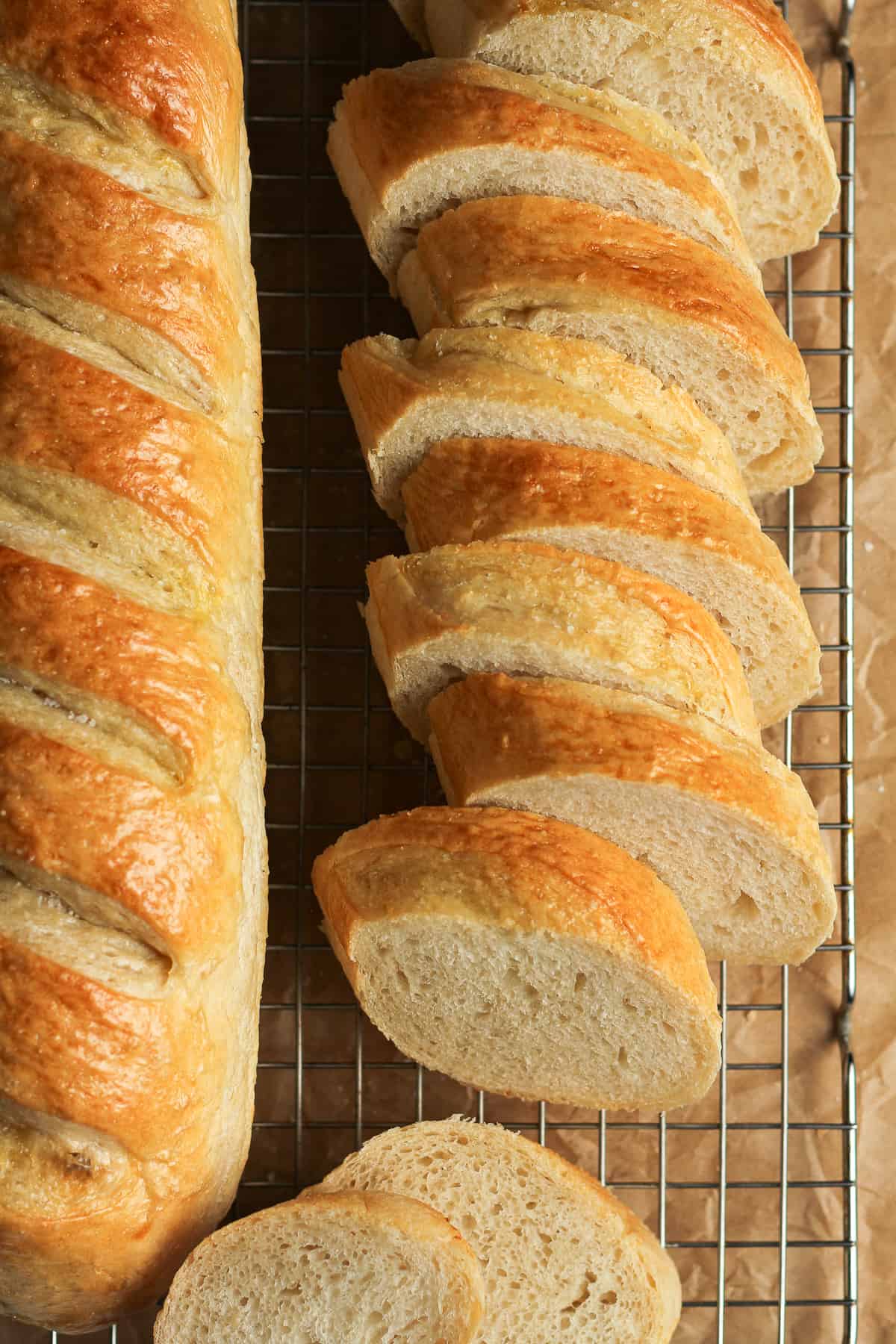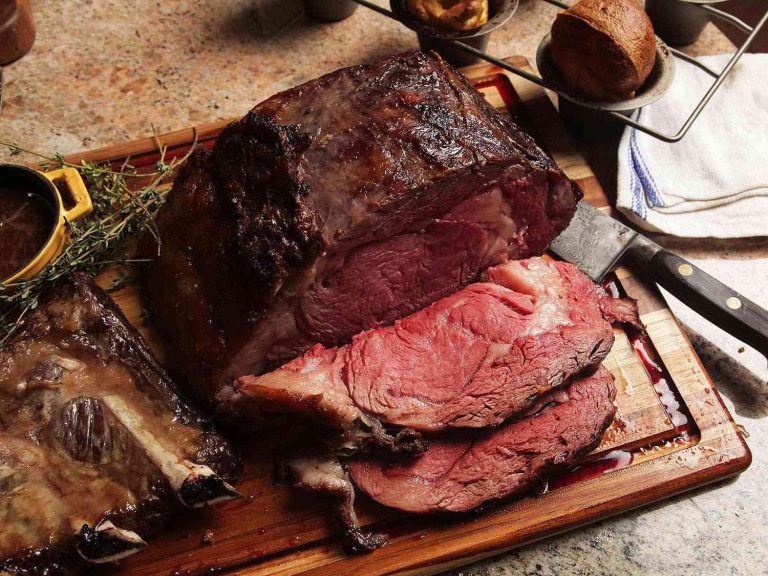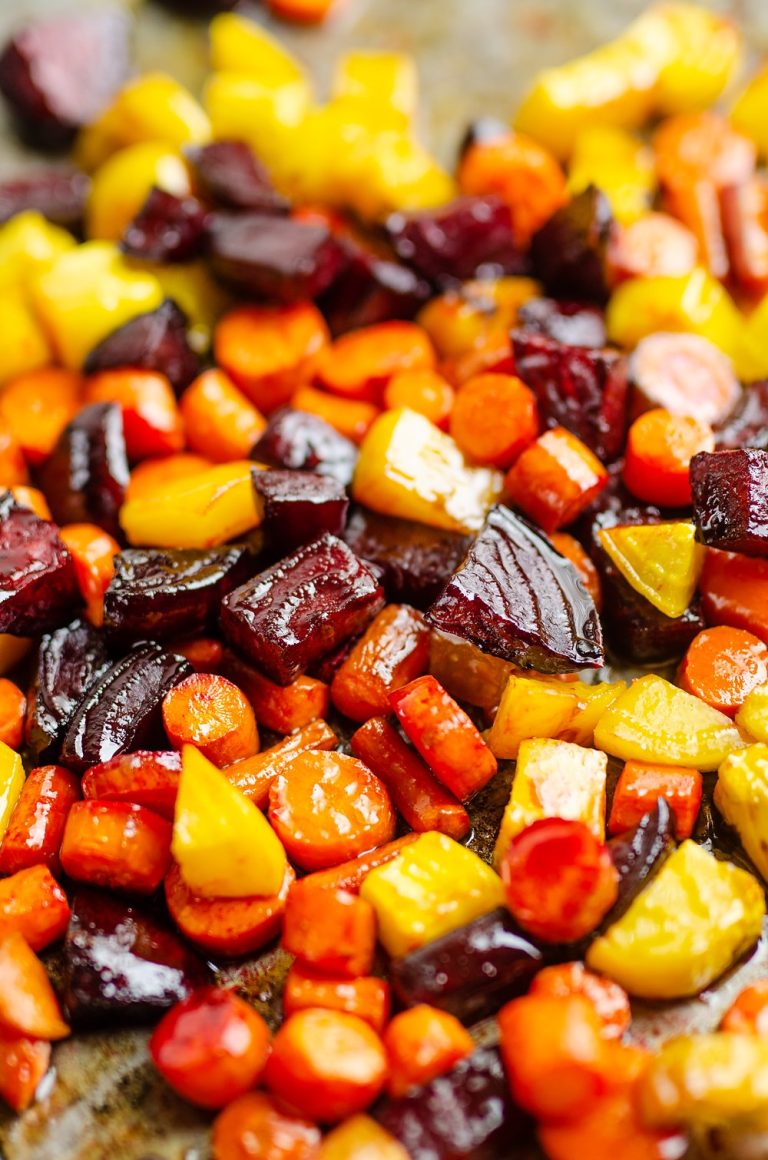Chewy French Baguette Recipe
The French baguette dates back to the early 19th century. Napoleon’s bakers popularized long loaves to easily fit into a soldier’s uniform. By the 1920s, the classic baguette shape emerged, influenced by new baking laws limiting bakers’ working hours. The creation of a standardized recipe ensured consistent quality and taste, making the baguette a staple in French cuisine.
Traditional Ingredients
A classic French baguette relies on four main ingredients: flour, water, salt, and yeast. Type 55 flour offers the ideal gluten content, ensuring elasticity and chewiness. Unchlorinated water maintains the flour’s natural qualities, while sea salt provides essential minerals and enhances flavor. Active dry yeast facilitates fermentation, contributing to texture and taste. Use these traditional ingredients to achieve an authentic French baguette with perfect chewiness and crunch.
What Makes a Baguette Chewy?
The Role of Flour
Type 55 flour, commonly used in traditional French baguettes, contains lower protein content, which aids in achieving the desired chewiness. This flour has gluten-forming proteins that contribute to the baguette’s structure without making it too dense. Using all-purpose flour results in a different texture because it has higher protein levels.
Importance of Hydration
Hydration levels, typically between 65% and 75%, play a crucial role in a baguette’s chewiness. High hydration allows the dough to stretch and develop the open crumb structure iconic to a chewy baguette. When water interacts with flour, it triggers gluten formation, which is essential for achieving chewiness.
Kneading Techniques
Kneading ensures even gluten distribution, crucial for a baguette’s texture. Using the stretch and fold method every 30 minutes during a bulk rise helps build strength in the dough. Insufficient kneading results in a lack of structure, compromising chewiness.
These key components—choice of flour, hydration levels, and kneading techniques—enable you to master a chewy French baguette with authenticity and precision.
Baking the Perfect Chewy French Baguette
Oven Temperature and Steam
Set your oven temperature to 475°F before placing the dough inside. A high temperature is essential for achieving the perfect crust and chewy interior. Preheat the oven for at least 30 minutes to ensure it’s evenly heated. Place a cast iron skillet or metal pan on the oven floor to create steam during baking.
Introduce steam by pouring a cup of hot water into the skillet right after placing the dough in the oven. Steam helps form a crisp crust and enhances the dough’s chewy texture. This process also gives the baguette its distinctive golden color. Keep the oven door closed during the first 10 minutes to maximize steam effects.
Scoring the Dough
Properly score the dough using a lame or a sharp knife before baking. Scoring allows the dough to expand evenly and prevents it from bursting. Make three to five diagonal slashes on the dough’s surface. Ensure the cuts are about ¼ inch deep and evenly spaced.
These scores help release trapped gases and moisture, contributing to the baguette’s chewy texture. Additionally, proper scoring creates the traditional aesthetic associated with French baguettes. Practice consistent scoring techniques for uniform results.
Storing and Enjoying Your Baguette
Best Practices for Freshness
Freshness is key to enjoying your chewy French baguette. To maintain freshness, store your baguette wrapped in a cotton cloth at room temperature. Avoid plastic bags, which can trap moisture and make the bread soggy. For long-term storage, freeze whole or sliced baguettes by wrapping them tightly in aluminum foil, then placing them in a freezer-safe bag. When ready to eat, reheat the baguette in a 350°F oven for 10-15 minutes.
Serving Suggestions
Enhance your chewy French baguette with various serving suggestions. Pair it with a selection of cheeses, such as Brie, Camembert, and Roquefort, to complement its flavors. For a classic option, make bruschetta by topping slices with tomatoes, basil, and a drizzle of olive oil. Serve alongside soups like French onion or tomato bisque to soak up the flavorful broth. Create sandwiches with ingredients like ham, Swiss cheese, Dijon mustard, and pickles for a taste of France.
Conclusion
Mastering the art of crafting a chewy French baguette brings immense satisfaction and a touch of French tradition to your kitchen. By understanding the importance of ingredients like Type 55 flour and perfecting techniques from kneading to baking, you can achieve that ideal balance of chewiness and crunch. Storing your baguettes properly ensures they stay fresh, and there are countless ways to enjoy them, whether paired with cheeses or used in delicious sandwiches. With these tips, you’re well on your way to creating and savoring authentic French baguettes that will impress any palate.






